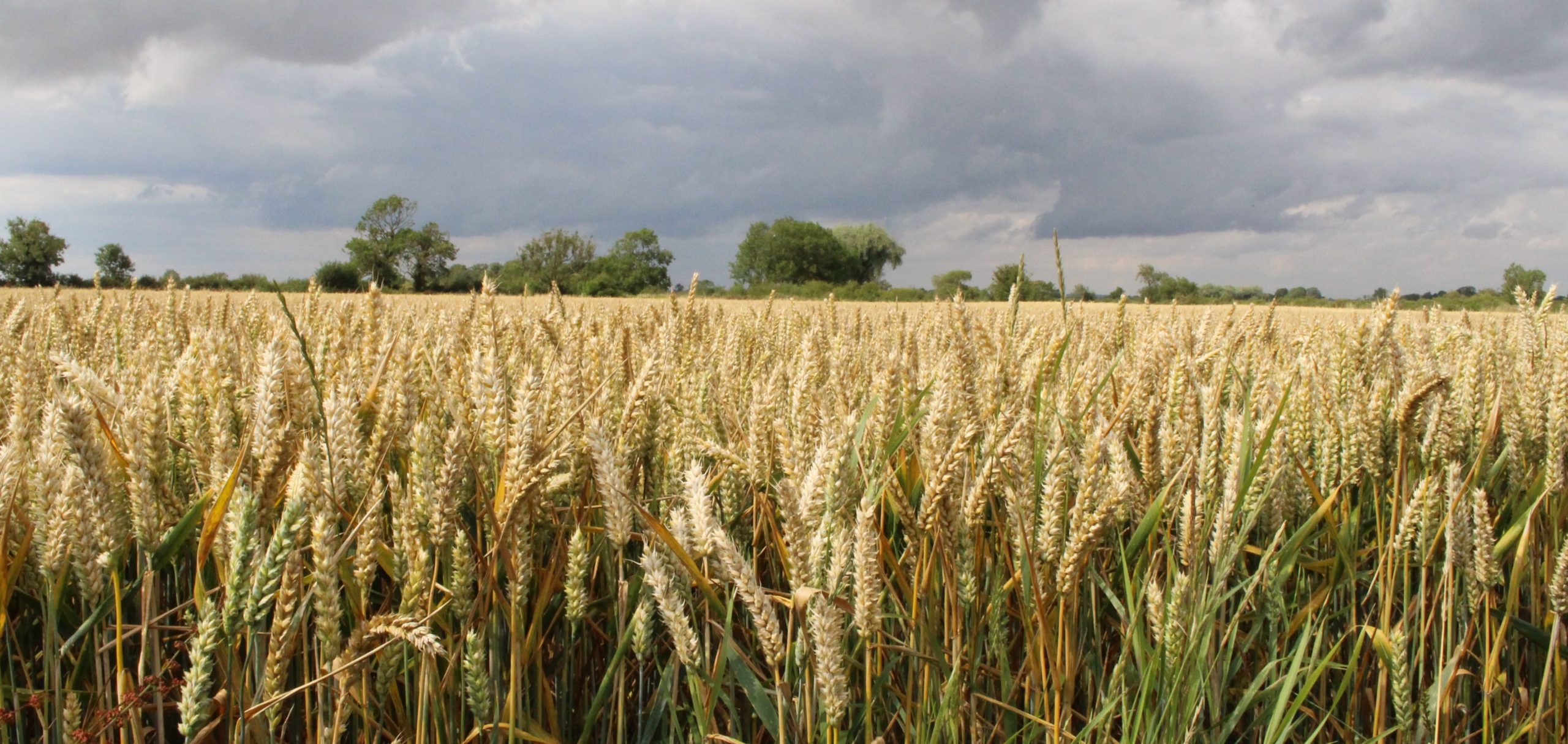
Wheat yields 2018
16th July 2018Views from: Jim Orson, BCPC Executive Board
The very hot and dry weather continues. My galvanised watering can was much used in 1976 and the same can is now starting to leak in 2018. Perhaps I should buy a new one but I suspect that there may be a run on them. The watering can was bought in 1974 (ish) at the same time as a galvanised wheel barrow. The latter had to go to the dump only a handful of years ago. Time moves on!
The current weather conditions perhaps mean that there is no need to write a blog on predicting the 2018 wheat yields. The easiest years to predict relative wheat yields are those with extreme weather. The horrifically wet and dull summer of 2012 resulted in me predicting lower than average yields. What I did not take into account was the additional impact of waterlogging during the critical stages of grain filling. In areas which received the most rainfall this resulted in exceptionally low yields on the clay soils. Subsequent reading of the scientific literature indicates that waterlogging in the middle of the winter has some impact on wheat yields but its effect is very significantly greater during grain fill. The widespread waterlogging in March and early April this year must have had some impact on potential yields.
The most difficult years for prediction are those where the spring and summer weather is drier than average but not exceptionally dry and hot. Lack of rain usually means that solar radiation levels are higher than average. We really do not have sufficient understanding of the processes to predict yields accurately. The impact of soil moisture availability is hard to assess as is the efficiency of use of solar radiation. The latter varies according to several factors (www.niab.com/blog/post/226).
February and March were cold this year. In addition, March was generally very wet and it was really not until mid-April at the earliest that we witnessed good growth. This is in contrast to the high wheat yielding years of 2014 and 2015 which had dry and warm springs. The lack of solar radiation in April means that perhaps stem reserves, which are used to supplement grain fill, are this year lower than usual. The warmer than average weather during April and May means that the crops shot through the critical growth stages during which potential grain numbers are established and stem reserves continue to accumulate. So the signs were not positive even before the wheat crops experienced the hot and dry June.
Many people of my age look back at the hot and dry summer of 1976! This was a different type of year. It followed the hot and dry summer of 1975 and the 1975/76 winter was dry. It was so dry that, without any hindrance from the weather, I deep dug our front garden in Essex in order to get rid of a couple of skips of builder’s rubble. This is when my relatively new galvanised wheelbarrow came into its own! The spring of 1976 was very dry and I was seeing patches of drought stressed winter barleys on gravelly land in April. The only realistic summer rain in Essex fell on 21 June. It may be that the relatively dry winter meant that the crops were well rooted at the beginning of spring growth but of course at there was less moisture in the soil at this time than there was this year.
I have perhaps overestimated the impact of dry weather on yields in previous years but it seems obvious to me that wheat yields in the main arable areas of England must be well below average this year mainly, but certainly not solely, because of lack of moisture and the consistently high temperatures in late June and early July. Wheat prefers temperatures around 20 C, is not keen on 25 C, dislikes 30 C and positively hates 35 C. Higher temperatures not only have a direct effect on growth but also shorten the length of grain fill. This year the length of grain fill might be reduced from a typical 42 days to around 32-35 days in the main arable areas of England.
Hence, the cold February and March, a wet March, the higher than average temperatures in April and May and the very hot and dry June/early July do suggest very disappointing wheat yields this year where these weather conditions have prevailed. A hot ‘finish’ is associated with higher proteins and so, provided specific weights are OK, quality may be good. However, I think that I should finish with the caveat that when many grass crops mature under hot conditions, the dormancy of the seed is reduced. This is true of black-grass, wild-oats and cereals. Hence, rain before harvest could have a larger than average impact on Hagberg’s this year. It may well be worth starting an already early wheat even earlier should rain be forecast.

Photo: Many Australian farmers have suggested that galvanised steel is the most significant technical introduction in the development of their farms. This photo was taken was taken in a barn right next to the Murray River in the very north of South Australia. Makes you proud!

